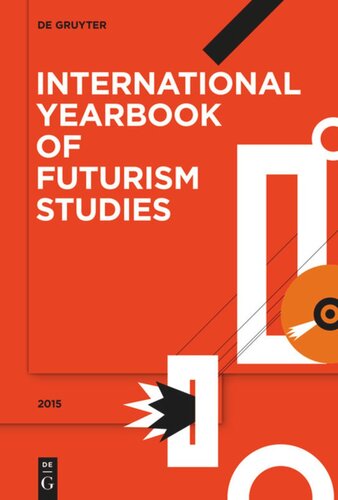

Most ebook files are in PDF format, so you can easily read them using various software such as Foxit Reader or directly on the Google Chrome browser.
Some ebook files are released by publishers in other formats such as .awz, .mobi, .epub, .fb2, etc. You may need to install specific software to read these formats on mobile/PC, such as Calibre.
Please read the tutorial at this link: https://ebookbell.com/faq
We offer FREE conversion to the popular formats you request; however, this may take some time. Therefore, right after payment, please email us, and we will try to provide the service as quickly as possible.
For some exceptional file formats or broken links (if any), please refrain from opening any disputes. Instead, email us first, and we will try to assist within a maximum of 6 hours.
EbookBell Team

4.1
30 reviewsThe special issue of International Yearbook of Futurism Studies for 2015 will investigate the role of Futurism in the œuvre of a number of Women artists and writers. These include a number of women actively supporting Futurism (e.g. Růžena Zátková, Edyth von Haynau, Olga Rozanova, Eva Kühn), others periodically involved with the movement (e.g. Valentine de Saint Point, Aleksandra Ekster, Mary Swanzy), others again inspired only by certain aspects of the movement (e.g. Natalia Goncharova, Alice Bailly, Giovanna Klien).
Several artists operated on the margins of a Futurist inspired aesthetics, but they felt attracted to Futurism because of its support for women artists or because of its innovatory roles in the social and intellectual spheres. Most of the artists covered in Volume 5 (2015) are far from straightforward cases, but exactly because of this they can offer genuinely new insights into a still largely under-researched domain of twentieth-century art and literature. Guiding questions for these investigations are: How did these women come into contact with Futurist ideas? Was it first-hand knowledge (poems, paintings, manifestos etc) or second-hand knowledge (usually newspaper reports or personal conversions with artists who had been in contact with Futurism)? How did the women respond to the (positive or negative) reports? How did this show up in their œuvre? How did it influence their subsequent, often non-Futurist, career?